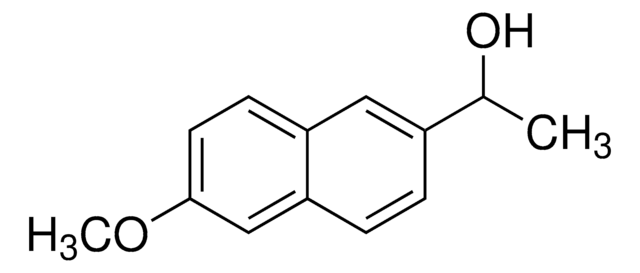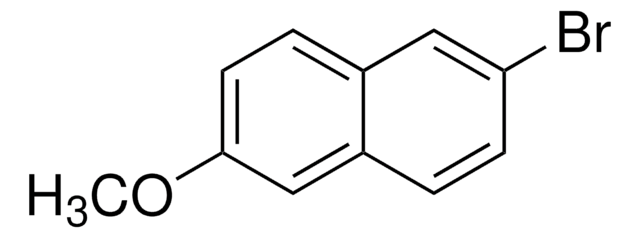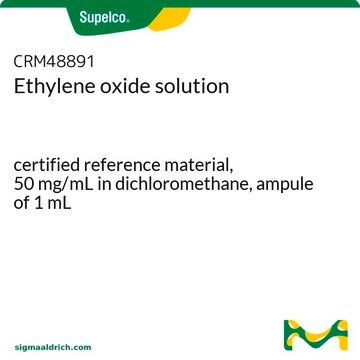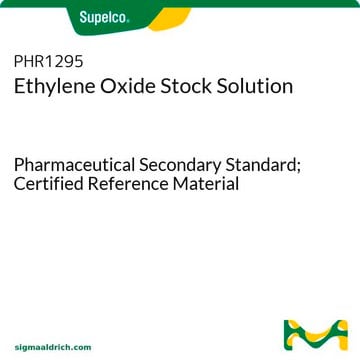82320
(±)-Propylene oxide
puriss. p.a., ≥99.5% (GC)
Synonym(s):
(±)-Methyloxirane, 1,2-Epoxypropane
Select a Size
About This Item
Recommended Products
vapor density
2 (vs air)
Quality Level
vapor pressure
29.43 psi ( 55 °C)
8.59 psi ( 20 °C)
grade
puriss. p.a.
assay
≥99.5% (GC)
form
liquid
autoignition temp.
1378 °F
expl. lim.
37 %
impurities
≤0.1% water
evapn. residue
≤0.005%
refractive index
n20/D 1.366 (lit.)
n20/D 1.366
bp
34 °C (lit.)
mp
−112 °C (lit.)
density
0.83 g/mL at 25 °C (lit.)
cation traces
Al: ≤0.5 mg/kg
Ba: ≤0.1 mg/kg
Bi: ≤0.1 mg/kg
Ca: ≤0.5 mg/kg
Cd: ≤0.05 mg/kg
Co: ≤0.02 mg/kg
Cr: ≤0.02 mg/kg
Cu: ≤0.02 mg/kg
Fe: ≤0.1 mg/kg
K: ≤0.5 mg/kg
Li: ≤0.1 mg/kg
Mg: ≤0.1 mg/kg
Mn: ≤0.02 mg/kg
Mo: ≤0.1 mg/kg
Na: ≤0.5 mg/kg
Ni: ≤0.02 mg/kg
Pb: ≤0.1 mg/kg
Sr: ≤0.1 mg/kg
Zn: ≤0.1 mg/kg
shipped in
wet ice
storage temp.
2-8°C
SMILES string
CC1CO1
InChI
1S/C3H6O/c1-3-2-4-3/h3H,2H2,1H3
InChI key
GOOHAUXETOMSMM-UHFFFAOYSA-N
Looking for similar products? Visit Product Comparison Guide
General description
Application
- Poly(3-hydroxybutyrate), a biodegradable and biocompatible polyester, by carbonylative polymerization.
- Poly (propylene-ram-ε-caprolactone carbonate) (PPCL) and poly (propylene carbonate) (PPC), which are applicable as drug carriers.
signalword
Danger
Hazard Classifications
Acute Tox. 3 Dermal - Acute Tox. 3 Inhalation - Acute Tox. 4 Oral - Carc. 1B - Eye Irrit. 2 - Flam. Liq. 1 - Muta. 1B - STOT SE 3
target_organs
Respiratory system
Storage Class
3 - Flammable liquids
wgk_germany
WGK 3
flash_point_f
-36.4 °F - Equilibrium method
flash_point_c
-38 °C - Equilibrium method
ppe
Faceshields, Gloves, Goggles
Choose from one of the most recent versions:
Already Own This Product?
Find documentation for the products that you have recently purchased in the Document Library.
Customers Also Viewed
Active Filters
Our team of scientists has experience in all areas of research including Life Science, Material Science, Chemical Synthesis, Chromatography, Analytical and many others.
Contact Technical Service











